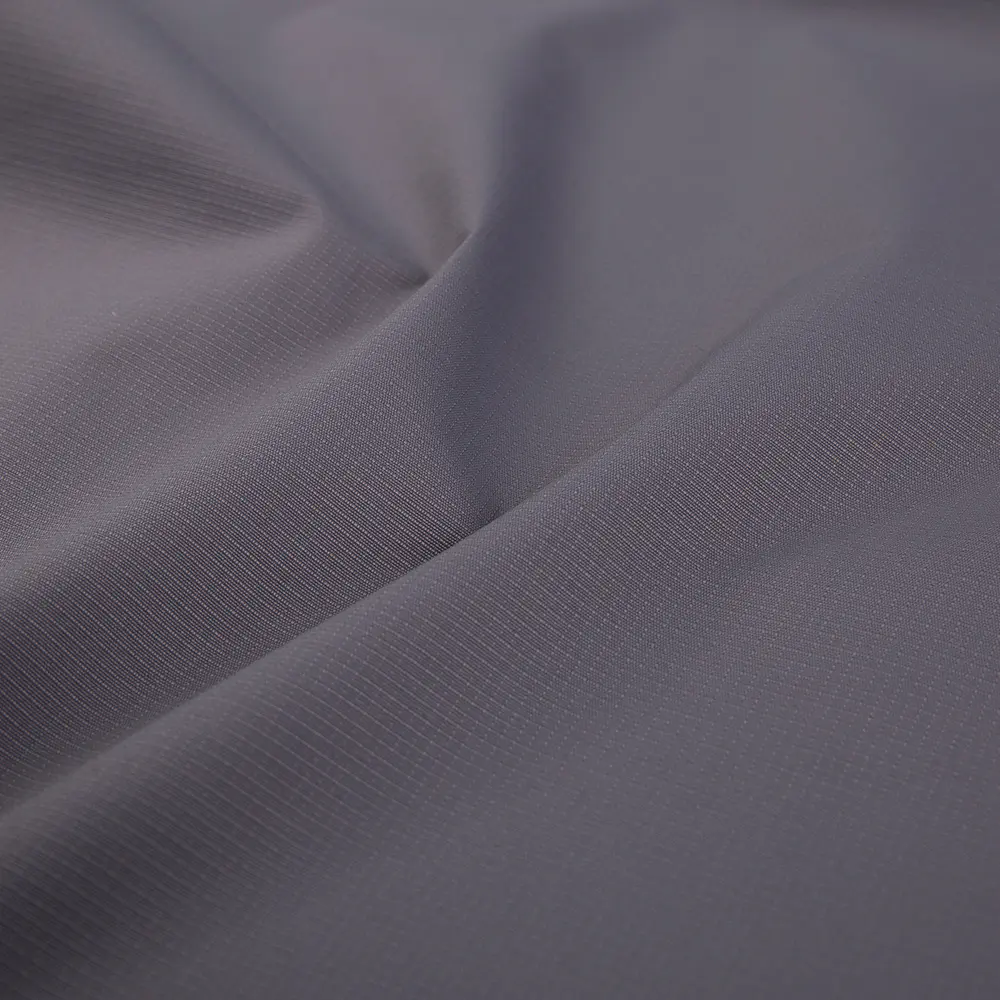In terms of film-forming properties and adhesion to fabrics, solvent-based PU coated fabrics perform well. It has high film-forming properties and can form a tough and uniform coating, giving the fabric excellent durability and stability. At the same time, the adhesive force between the solvent-based PU coated fabric and the fabric is strong, and the coating is not easy to fall off or peel off, thus ensuring the durability and reliability of the cloth during use.
Solvent-based PU coated fabric also has some shortcomings. Because it contains certain solvent components, it may be toxic and flammable during use, posing certain risks to the environment and human health. In addition, solvent-based PU coated fabric requires strict safety measures during the production process to prevent accidents such as fire and poisoning.

In contrast, water-based PU coated fabric has advantages in terms of safety and environmental protection. It does not contain solvent components, so it is non-toxic, odorless, non-flammable and beneficial to environmental protection and human health. Water-based PU coated fabric does not require special safety measures during production and use, reducing production risks.
However, in terms of film-forming properties and adhesion to fabrics, water-based PU coated fabrics are relatively weak. Because it does not contain solvents, the coating may not form as uniformly and toughly as solvent-based coatings, and adhesion to fabrics may also be lower. This may result in water-based PU coated fabrics being slightly less durable and stable than solvent-based ones.
The solvent-based type has excellent film-forming properties and adhesion, but has safety and environmental risks; while the water-based type has advantages in safety and environmental protection, but has slightly inferior performance. When choosing to use it, you need to weigh it based on specific needs and scenarios.











